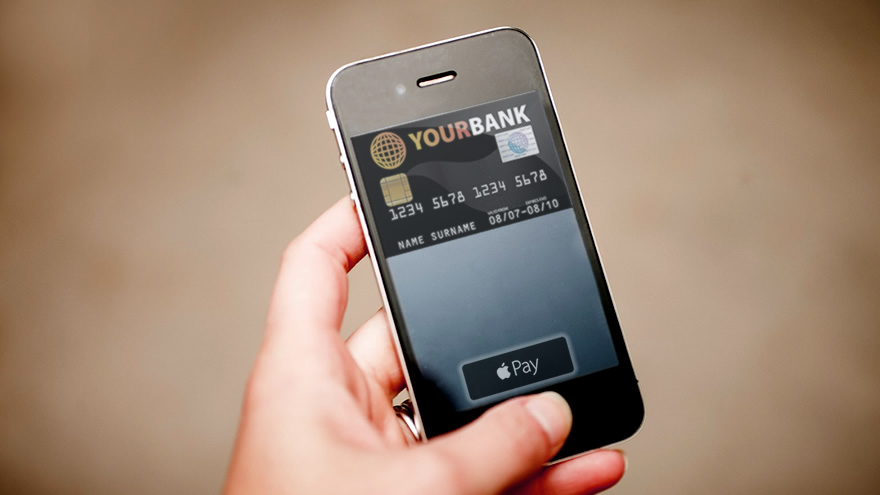
“All the customers of all of our clients are mobile – all of the time,” states Ravi Shah, Product Director of IBM Commerce’s mobile customer “engagement” business.
Mobile user engagement, in a milieu of millions of diversions, is the single biggest issue that we at MobileCloudEra.com continually encounter.
Mobile Payments Slow Uptake
Engagement is clearly an issue in the mobile payments area, and Shah offered a number of insights into how mobile payments can be expected to progress.
Payment is the ultimate test of mobile engagement, “where the rubber meets the road” since the user’s money is changing hands. However, Shah points out that mobile payments is a new area, remarking that the average cellphone life is about three years and Apple Pay was only released in October 2014.
He has, of course, been well aware of the somewhat halting acceptance of mobile payments, at least in the most advanced economies. An article on the Financial Times site in late 2015 was entitled “Developed world plays waiting game with mobile payments” (ft.com 10/14/15.) A more recent analysis of Apple proclaimed, “Apple Pay has been called a disaster by many analysts” (“Can Apple Pay Save The Stock?” Seeking Alpha 2/19/16.)
Wearables And Payments – The Future
Shah has a very interesting take on what will be required to drive the payments area to broad consumer acceptance. The key is wearables and specifically the smartwatch, or at least the smart wrist-based device.
He believes that, as far as payments go, there is simply a “big difference” between a wrist-based device and a smartphone.
Not only is he convinced that wearables will drive the mass acceptance of mobile payments, he believes that makers of fitness devices are “missing the boat” by not incorporating payment capability into their products. Payments, he emphasizes, are going to be “a huge area.”
Should The FitBits & Jawbones Offer Payments Capability?
We asked him how practical it was for fitness tracking makers, such as FitBit and Jawbone, to try to get into the payments sphere, since payments involve a complex ecosystem with multiple giant players. The article about Apple, cited above, speculated that, to vitalize its payment area, Apple could attempt to compete with Visa and MasterCard, the two dominant card issuers.
To do so, Apple would require: 1) acceptance by banks, which it largely has achieved already, 2) widespread consumer usage and 3) support from retailers. The author concluded that Apple had the necessary elements for such a strategy, but expressed doubts as to whether the marketing insight and know-how was there to pull it off.
When measured against Apple, this appears to us to indicate just how difficult an entry into the payments area would be for the likes of a FitBit or Jawbone. Shah’s take was that the fitness trackers would not be in anywhere near the position of an Apple and couldn’t demand any payment from the banks or ever dream of replacing the giant credit card issuers. “Visa and MasterCard will still own the backend,” he states.
He felt, however, that the fitness trackers would still have to offer payments capability, or risk losing their position in the market. How do they make any profit on it? “They will have to leverage the payments offering to sell more hardware,” he stated.
Shah is emphatic on this point, stating that he believes that payments capability will be a “differentiator” for wearables providers. He also stated, “As wearables take off, mobile payments will take off.”
Samsung Pay Versus Apple Pay And Android Pay
We asked Shah about recent developments such as the advent of Samsung Pay, which can be accepted at older credit card terminals (as opposed to Apple Pay, for example, which can only be used at NFC – near field communication – terminals.) Shah found it “interesting.” However, he believes that Samsung will have a difficult time competing against Apple Pay and Android Pay. (Note: Samsung recently announced that it had achieved 5 million “registered users” in six months in Korea and the U.S., describing its Pay as “the most accepted mobile payment service that works at the majority of merchants today.”)
IBM Commerce’s Mission
IBM Commerce offers “cognitive commerce” using the power of IBM’s Watson to develop predictive analyses for customers that “optimize marketing, sales and value chain services.”
Shah also contrasted user adoption and engagement in the payments area versus the messaging area. He notes that the area of digital messaging is way ahead of the payments area, as far as customer engagement is concerned.
Whether it is email, push notifications, SMS or other messaging media, he states, the issue for marketers is to get the best analytics to understand where to focus resources. This is a subject where IBM believes it can help customers, with its predictive analytics capabilities and overall commerce support. Shah characterizes Commerce’s role as “providing capabilities to enable customers’ journeys across multiple channels.”
Our Take
In a recent article on “The Battle For The Wrist” (1/25/16), we discussed the “trend for fitness products and cellphone-adjunct products (which is what the early smartwatches actually are) moving to more closely resemble each other.”
FitBit, for example, has already created “fitness watches,” the Surge and the soon-to-be-released Blaze. These have some smartwatch features, e.g., certain notifications, but put the emphasis on fitness tracking.
We believe that Shah has raised an extremely thought-provoking issue – that mobile payments may be a decisive driver in the success of smart wrist-based devices and the devices may, in turn, be a crucial factor in customer “engagement” with mobile payments.
